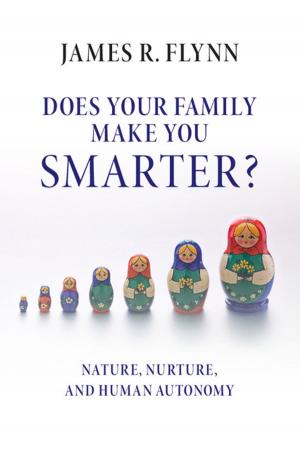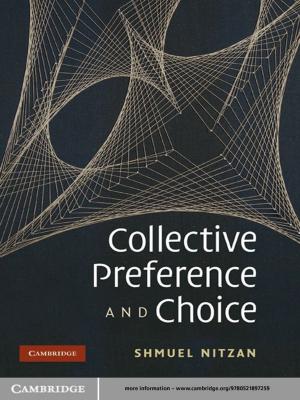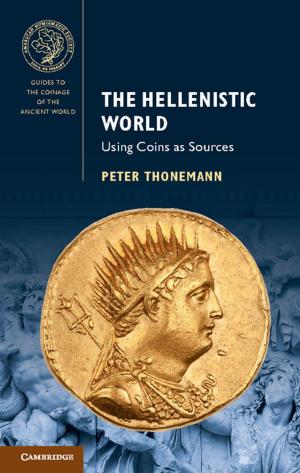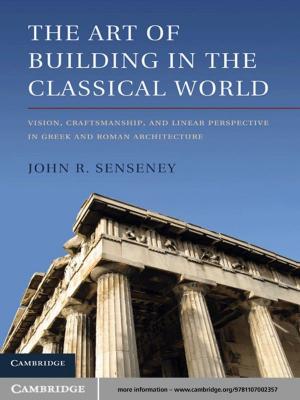Architecture and the Origins of Preclassic Maya Politics
Nonfiction, Social & Cultural Studies, Social Science, Archaeology, Art & Architecture, Architecture, History| Author: | James Doyle | ISBN: | 9781316942185 |
| Publisher: | Cambridge University Press | Publication: | March 24, 2017 |
| Imprint: | Cambridge University Press | Language: | English |
| Author: | James Doyle |
| ISBN: | 9781316942185 |
| Publisher: | Cambridge University Press |
| Publication: | March 24, 2017 |
| Imprint: | Cambridge University Press |
| Language: | English |
Architecture and the Origins of Preclassic Maya Politics highlights the dramatic changes in the relationship of ancient Maya peoples to the landscape and to each other in the Preclassical period (ca. 2000 BC–250 AD). Offering a comprehensive history of Preclassic Maya society, James Doyle focuses on recent discoveries of early writing, mural painting, stone monuments, and evidence of divine kingship that have reshaped our understanding of cultural developments in the first millennium BC. He also addresses one of the crucial concerns of contemporary archaeology: the emergence of political authorities and their subjects in early complex polities. Doyle shows how architectural trends in the Maya Lowlands in the Preclassic period exhibit the widespread cross-cultural link between monumental architecture of imposing intent, human collaboration, and urbanism.
Architecture and the Origins of Preclassic Maya Politics highlights the dramatic changes in the relationship of ancient Maya peoples to the landscape and to each other in the Preclassical period (ca. 2000 BC–250 AD). Offering a comprehensive history of Preclassic Maya society, James Doyle focuses on recent discoveries of early writing, mural painting, stone monuments, and evidence of divine kingship that have reshaped our understanding of cultural developments in the first millennium BC. He also addresses one of the crucial concerns of contemporary archaeology: the emergence of political authorities and their subjects in early complex polities. Doyle shows how architectural trends in the Maya Lowlands in the Preclassic period exhibit the widespread cross-cultural link between monumental architecture of imposing intent, human collaboration, and urbanism.















